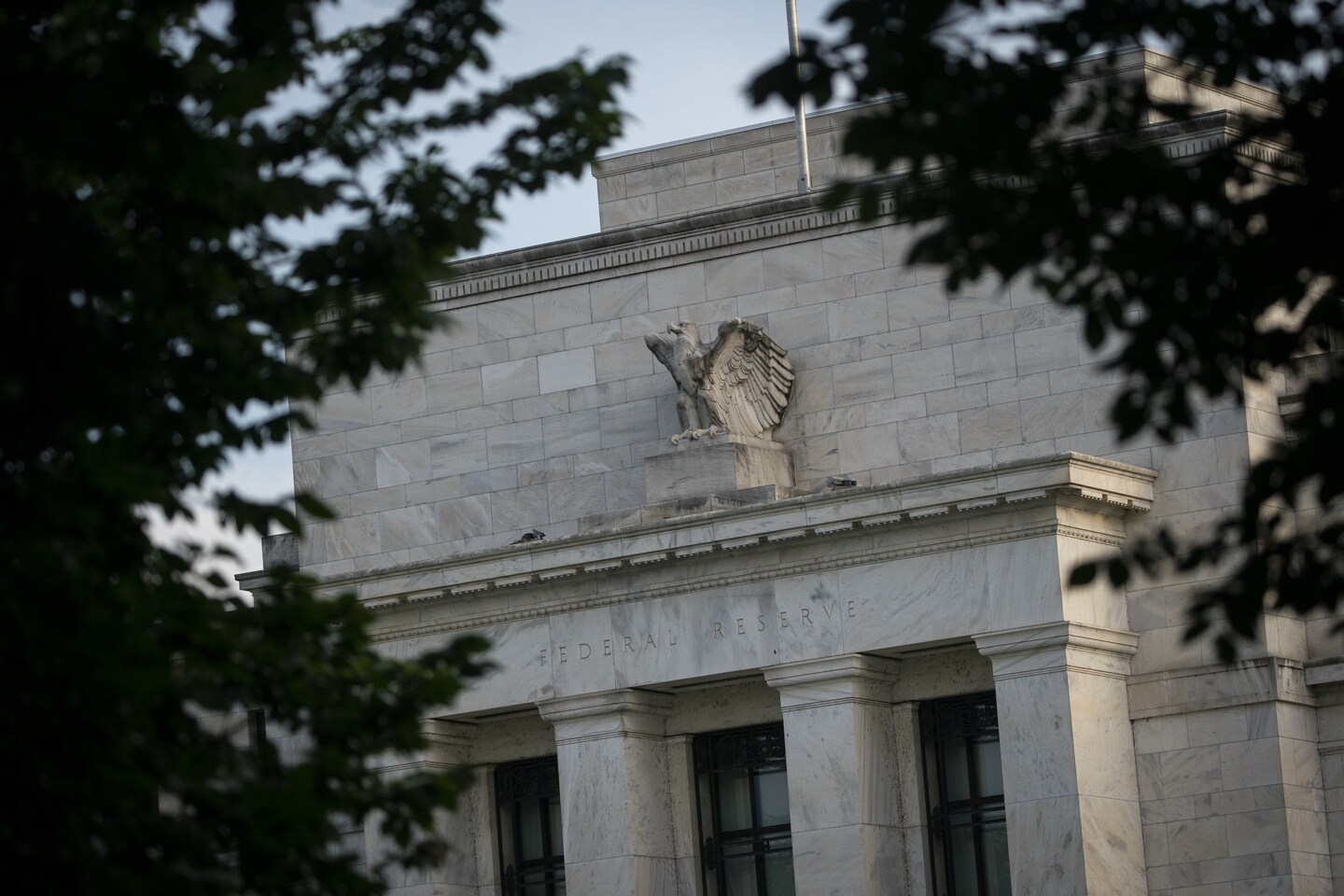The Federal Reserve Board, as many of you know, is widely expected to announce later this month that it’s raising interest rates by three-quarters of a percent. That would be the second such increase in two months — and 1.5 percent over two months is a very, very big deal by Fed standards.
With Fed rate increases, the economy’s free ride is over

Not since the days of former Fed chairman Paul Volcker combating inflation 40 years ago by tanking the economy to wipe out double-digit inflation have we seen anything remotely resembling what the Fed is doing these days.
The expected July 27 rate hike, which is likely to be followed more hikes, will be yet another sign that the free ride that the economy got when the Fed cut interest rates to zero in March 2020 to combat the financial and social dislocations caused by the pandemic downturn has come to an end.
The rate cut, an emergency move to help combat the coronavirus’s impact on the economy and financial markets and a huge covid-driven increase in unemployment, was the start of the free ride.
The rate cut set off a boom in home prices because mortgage rates fell into the ultralow three percent range.
The cut helped support the stock market by making it clear that future corporate profits would zoom upward. In addition, those now-higher projected future profits had a higher present value because stock analysts and other financial types discounted them at lower rates.
Finally, many savers trying to live off their investment income were forced into the stock market because yields on safe, interest-bearing investments, such as money market mutual funds and short-term Treasury securities, had fallen sharply because of the Fed’s rate cuts.
But the bill for that free ride so many of us got is now coming dues in a variety of direct and indirect ways.
Largely because of Fed rate increases, mortgage rates have risen sharply, slowing down and in some cases reversing the increase in the value of homes, which are millions of Americans’ biggest financial asset.
The increases have also hurt the stock market because they not only threaten to reduce corporate earnings but the higher interest rates decrease today’s discounted value of those lower projected profits.
In addition, average money market fund yields have been rising sharply (to 1.22 percent as of Thursday, according to Crane Data, up from 0.02 percent a year ago), making them more attractive compared with dividend yields on S&P 500 and Total Stock Market index funds. So some money is moving out of the stock market into interest-bearing investments such as money funds and short-term Treasury securities, whose yields have been rising rapidly.
Unlike, say, a chemistry class experiment where you mix different things into a beaker and can quickly see the results, it’s impossible to precisely measure the impact of what the Fed is doing.
Despite the Fed’s rate increases, unemployment has held steady at a historically low level of 3.6 percent so far.
However, barring some sort of economic miracle, unemployment seems likely to rise, slowing down wage inflation and reducing the need for price increases but inflicting serious pain on people who find themselves out of work.
Some major tech firms have slowed hiring and companies such as Tesla, once an avid hirer, have been laying people off.
Would this have happened if the Fed hadn’t been raising rates and telling all and sundry that it’s trying to slow down the economy to slow down inflation? There’s no way to know.
But it’s clear that fear of a Fed-caused economic slowdown is affecting corporate behavior — and that the impact of less hiring, more firing and less expansion inflicts all sorts of pain up and down the economic food chain.
How long will the Fed keep clamping down on the economy to fight inflation? It doesn’t know yet.
But amid the gathering gloom, you can find some encouraging — albeit modest — signs that some of inflation’s worst days may be behind us.
The price of gasoline, a major economic and psychic contributor to inflation fears, began falling last month according to AAA, which tracks gas prices all over the country. AAA says the average price for regular gas Tuesday was $4.66 a gallon, down from a high of $5.00 on June 14.
That’s still up almost 50 percent from the $3.14 average price a year ago, but it’s better than it was. And it’s been falling steadily.
And some day, Russia’s horrific attack on Ukraine, which has inflicted massive economic damage on global energy and grain markets — in addition to killing thousands of people, destroying Ukraine’s economy and sending millions of Ukrainians into exile — will come to an end.
Yes, more pain is on the way as the economic free ride from 2020 comes to an end.
But with any luck, by this time next year, our 2022 inflation problem will have become history rather than current events. And the Fed will have stopped raising rates.
correction
A previous version of this article misstated the timing of the Fed interest rate increase. It is expected July 27. The article has been corrected.






